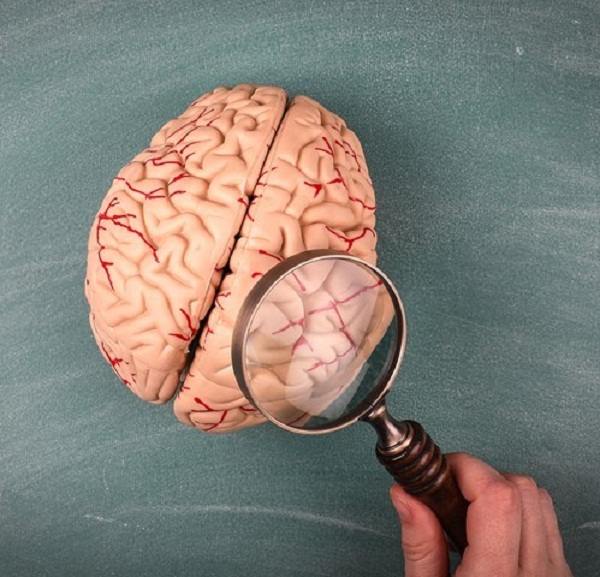Engineers have developed a wireless, biodegradable sensor that they say could offer doctors a way to monitor changes in brain chemistry without requiring a second operation to remove the implant.
Because dopamine is critical in many neural-related conditions, doctors could use a biodegradable sensor to detect the neurotransmitter for a range of treatments and operations.
“The direct measurement of dopamine can be very significant because of the role that neurotransmitters play in a lot of neural-related diseases,” said Larry Cheng, professor in engineering at Penn State and an associate of the Institute for Computational and Data Sciences.
The silicon-based implant includes a type of semiconductor called a two-dimensional transition metal dichalcogenide (TMDC). This is an emerging class of materials increasingly used in nanoelectronics and nanophotonics applications.
The ability for these atomically thin TMDCs to be manipulated allowed the scientists to design the implant to be biodegradable yet maintain electrical and electrochemical performance.
According to Cheng, to make this implantable, scientists must pack this equipment into a probe that measures about 13-14mm long. “That’s really for the entire device, but if we’re talking about the sensor itself, that is even smaller.”
In a clinical setting, Cheng said patients would wear a headband or other type of apparatus to relay the implant’s signals to equipment that the medical staff could use to monitor the patients’ condition.
The major benefit of a biodegradable device is that it would require no further surgeries – which add risks to recovery – to remove the device, the researchers said.
“Currently, after full recovery, the device has to be removed, or there will be just something inside we don’t need to use,” said Cheng. “So that’s why here, the device is biodegradable and after a certain amount of time and after it has fulfilled its function, it can safely dissolve. So, the patient won’t need to have to go through the second surgery operation to remove the device.”
The sheer number of chemicals, materials, and designs that could make this device required advanced computing techniques, according to Cheng. He added computers were used to simulate different chemicals and bioengineering schemes to find the ideal materials and design to detect and measure the target molecule, in this case, dopamine.
“We have to introduce the material to model the 2D material and the dopamine and then you have to make sure they are stable,” said Cheng. “So, we’ll have to optimise the initial structure, and then we further study the interaction between the stabilised material and the dopamine.”
Ultimately, the team hopes that the device will help human patients, but they expect that an immediate need might be for doctors who are engaged in animal studies.
“Some of the potential treatment options may first be available in animal studies where the implant could help scientists initially evaluate how a disease progresses, how a patient recovers from a treatment, and how effective that treatment is,” said Cheng. “So, the implant can be very helpful to use in an animal model to better investigate these questions.”
Source: E&T










